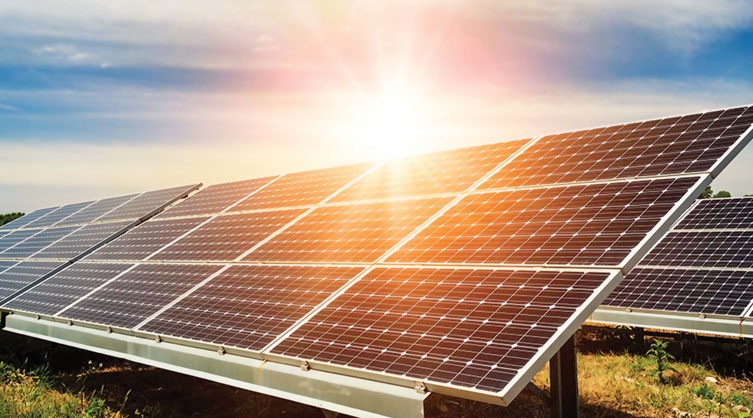Aluminium – fast-tracking the development of India’s solar industry
By EPR Magazine Editorial November 30, 2022 6:25 pm IST
By EPR Magazine Editorial November 30, 2022 6:25 pm IST

We are progressing towards a period where energy consumption needs a renewal approach. Thus, moving towards clean energy to reduce the carbon footprint is one of the significant measures to reduce dependency by effectively contributing to the cause of the climate action plan. One of the phenomenal methods of achieving our renewable energy goals is being powered by the expansion and increased output of solar energy. The transition to a green economy and the emergence of solar power are both integral to our climate action initiatives. Solar power is seen as an important aspect of our grid-connected power generation network. While it contributes to meeting India’s energy security, it also assures sustainable growth while securing a green future.
Making the journey to becoming net-zero a reality is the creation of clean energy systems, where metals have a predominant role to play. A metal full of promise, aluminium has traditionally been used in the power sector for transmission and distribution. It is an enabler of clean energy and is used in a variety of components of solar photovoltaics that drive the solar power sector.

A metal of promise
A study by the World Bank in 2020 shows that the single most widely used material in solar photovoltaic applications is aluminium. The photovoltaic system, also known as a PV system or solar power system, is a means of supplying usable solar power by using photovoltaics. The World Bank report states that 85% of most solar PV components, including frames and panels, are made of aluminium alloys. The metal is poised to fast-track the development of India’s solar industry for the better.
The Government of India has already outlined a mission to establish India as a global leader in solar energy. For this, the creation of a policy framework that targets the installation of 100 GW of grid-connected solar power plants has been set into motion. By 2030, India plans to ensure that about 40 percent of the cumulative electric power installed capacity comes from non-fossil fuel-based energy resources. With the title “metal of the future,” aluminium is a material that is considered beneficial for use in solar panels due to its high strength-to-weight ratio, high surface reflectivity, and excellent electrical and thermal conductivity.
Most of the components that drive the solar power sector already have aluminium as an important ingredient that bears their weight and holds them together. Aluminium alloy frames and mounting structures ensure that the PV panels are sturdy and remain in place. Given its simple nature in terms of manufacturing, transportation, and on-site assembly, components made of extruded aluminium are preferred. Besides requiring less expertise and time in the process, these parts require less maintenance and are resistant to corrosion and any easy damage. Wind speeds of 150 km/h can also be easily handled by these heat-treated alloys.

We use cookies to personalize your experience. By continuing to visit this website you agree to our Terms & Conditions, Privacy Policy and Cookie Policy.